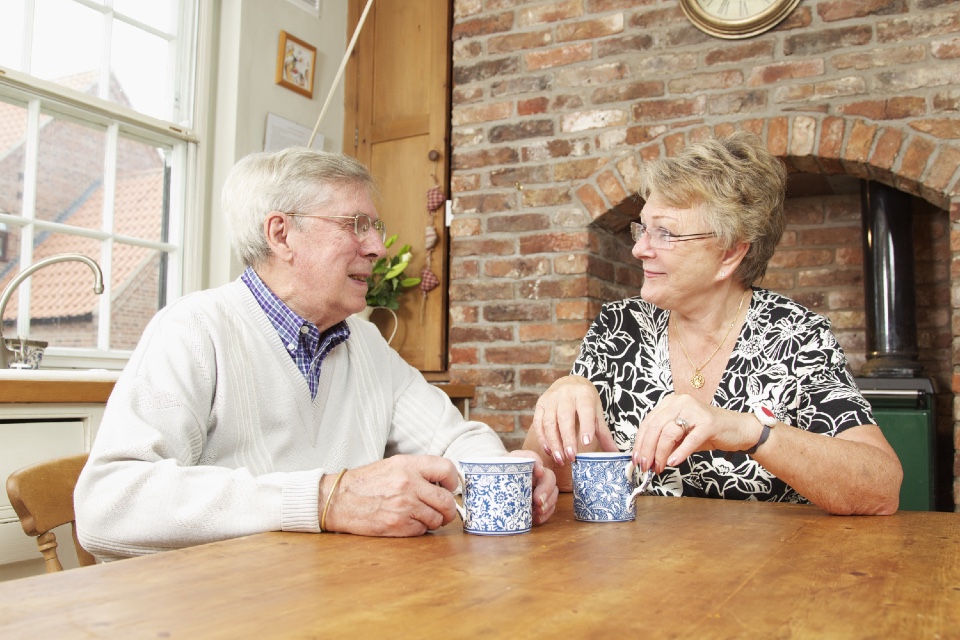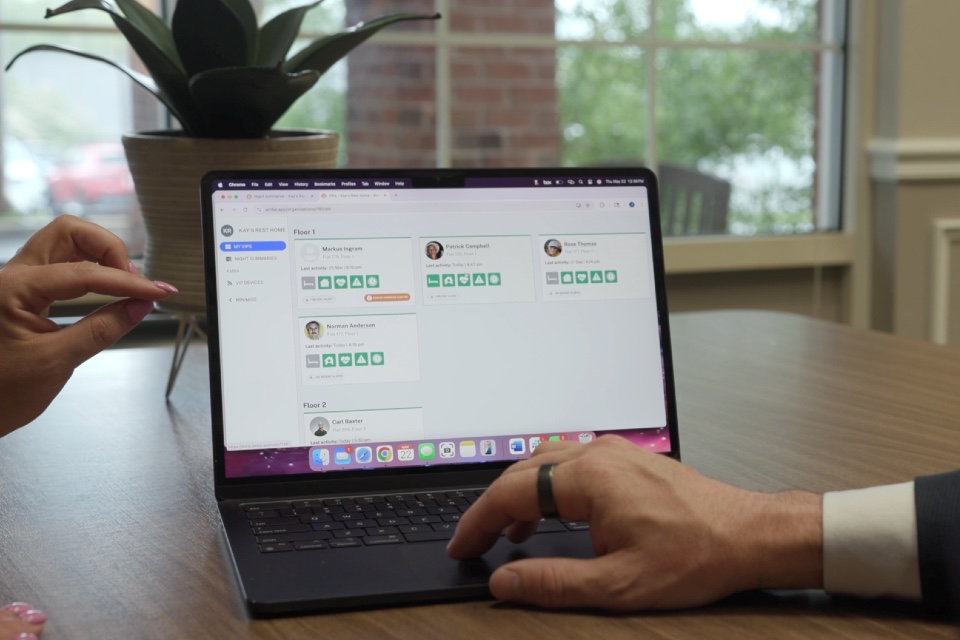Technology plays a crucial role in caring for some of the nation’s most vulnerable individuals, from those living with dementia and learning disabilities, to people with mental health needs and physical disabilities. New technologies have equipped home carers with the resources they need to take on the significant challenges that come with caring for a family member.
Gavin Bashar, managing director at Tunstall Healthcare, discusses how technology can help families to provide greater support for those they care for, as well as providing peace of mind…
The crucial role of technology
Investment in technology has a multiplier effect in terms of increasing efficiencies such as reducing burdens on carers, empowering individuals and their families to have greater control over their own health and wellbeing and in turn, improving the overall effectiveness of the social care system as a whole.
Technology can ease the pressure both physically and mentally on home carers, and can play a key role in services being delivered in innovative ways, placing citizens and their families at the heart of decision making, and enabling health, housing and care providers to target support where it’s needed most.
Telecare is a system of wireless sensors placed around the home, which immediately detect risks such as fires, floods and falls. As soon as a risk is detected by one of the sensors, an alert is sent to a telecare monitoring centre via a central Lifeline home unit using the phone line or mobile network. Experienced operators can then ensure an appropriate response, such as notifying the carer or a neighbour, or calling the emergency services if needed.
Technology like this offers individuals 24/7 person-centred care, and gives carers the reassurance they need to be able to take some well-deserved ‘me time’, attend to household chores or run a quick errand without feeling anxious or guilty. For example, systems can be introduced that will wake the carer if the person they care for leaves their bed during the night, and may be at risk of falling or leaving the home alone. Such technology means carers can get a good night’s sleep knowing they will be woken if they are needed, rather than trying to listen for events, or make regular checks.
Putting technology in place can help to carers carry on caring, reducing burnout, and preventing or delaying admission to residential care. It can help them to maintain a social life or work away from home, supporting their wellebing. It can also help to widen the circle of care, by making it easier for neighbours and family members to be involved, by responding to calls from the monitoring centre to give the carer a break.
Remote health monitoring means carers can support the person they care for’s health at home, reducing the need for stressful and expensive hospital visits, and enabling an deterioration in health to be identified and addressed at an early stage.
Alleviating pressure
A growing population creates an array of social and economic strains, particularly on our existing health and social care systems. It is also taking a huge toll on the health and wellbeing of the individuals who are carrying out the caring duties.
The same is true across the globe, with an unprecedented number of people expected to become carers in the coming decades, due to the combination of ageing populations and rises in chronic health conditions. Smart technology can work alongside carers to share the burden, doing anything from operating music systems and telephones to issuing an alert in the case of a fall, as well as offering a means of connecting to other family members with video calls
Investment in telecare and telehealth solutions will enable greater community-based, proactive and preventative care and extending independence for individuals. With the right digital frameworks, the integration of technology can become focused on the individual, their choices, their health, their care, without any of the gaps between institutions, with care delivered more effectively and with better outcomes.
Using technology to support people is cost-effective, and helps citizens to live independently for longer with an increased quality of life. Telecare systems can help to avoid the need for more complex and costly interventions, such as hospital admission, or residential care, and help to reduce any impact on carer health.
The next steps
In order to protect the UK’s most vulnerable people and maintain good mental health of people caring for loved ones at home, local authorities and health and care providers must embed technology into homes and ensure a minimum technology standard is available to everyone in need.
The new systems designed will build upon the successes that telecare and remote health monitoring have already delivered. As we look towards the future, home carers will continue to be central to the wellbeing of thousands of vulnerable people across the UK. By harnessing the development of new technology, to enable new models of care, personalisation and support, we will meet the needs of a growing and ageing population with complex care needs.






